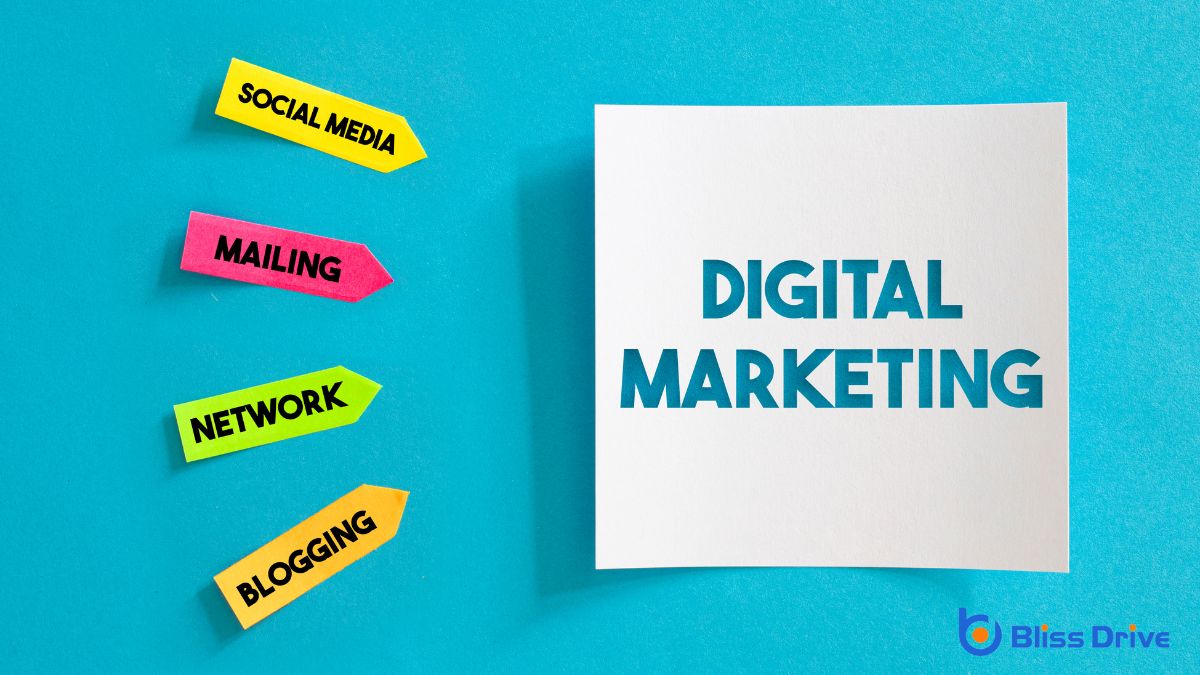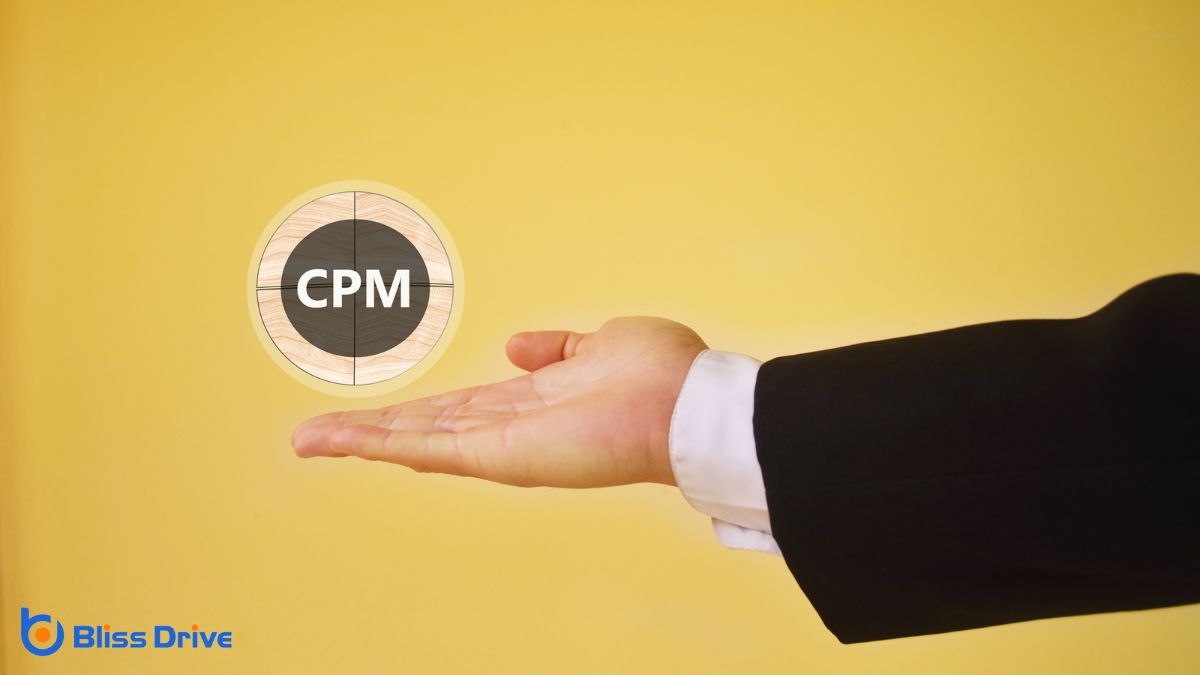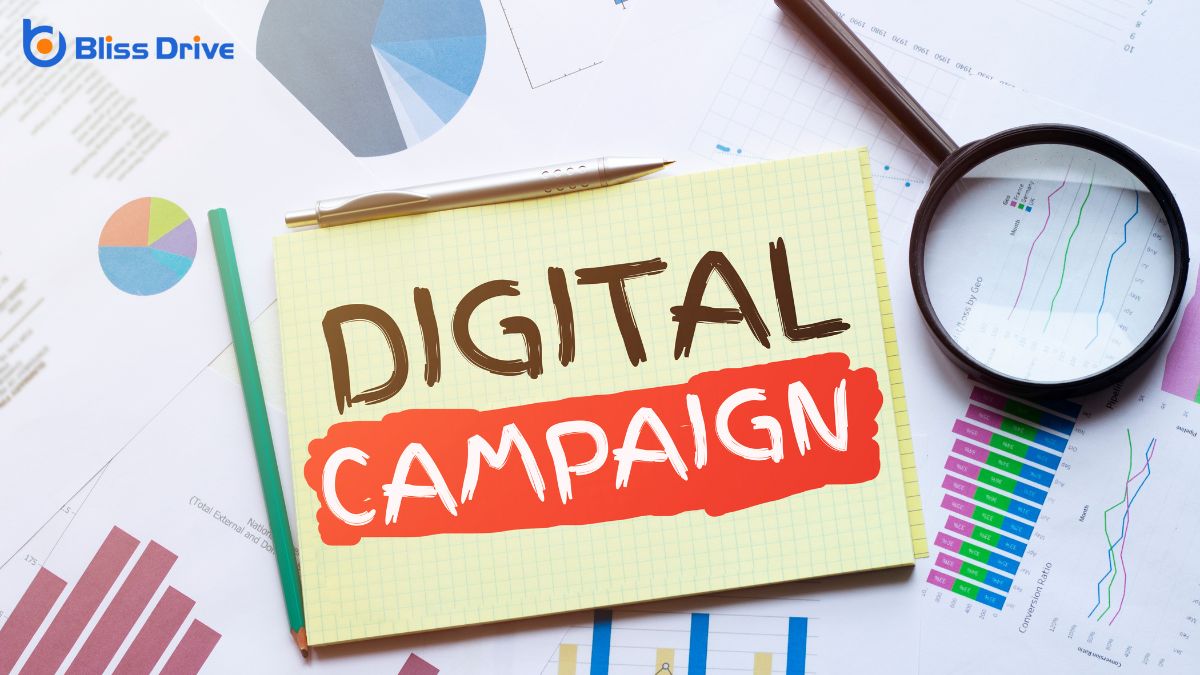Learn More About Us

In digital marketing, we've all come across the term CPM, or Cost Per Mille, which fundamentally measures how much it costs to acquire a thousand impressions of an ad. It's an essential metric for campaigns aiming at brand visibility rather than direct engagementThe interactions that users have with a brand’s content on social media.. But how exactly do we calculate CPM, and what are its advantages and limitations in advertising? Let's explore how this metric can shape our marketing strategies and optimize our budgets.

CPM, short for Cost Per Mille, is a fundamental metric in digital marketing that helps us understand how much we're paying for every thousand impressions our ad receives.
This metric is essential because it allows us to evaluate the cost-effectiveness of our advertising campaigns. By focusing on impressions, CPM provides a clear picture of how often our ad is seen by potential customers. It's not about clicks or engagements, but visibility.
When we track CPM, we can optimize our advertising strategies to guarantee we're reaching the widest audience within our budget constraints. Knowing our CPM helps us make informed decisions on where to allocate our resources.
It’s a straightforward yet powerful tool to measure the reach of our marketing efforts.
To calculate CPM, we start by determining the total cost of our ad campaign and the number of impressions it garnered.
CPM, or cost per thousand impressions, is an essential metric that helps us understand the efficiency of our advertising spend. We take the total cost of our campaign and divide it by the total number of impressions. Then, we multiply that result by 1,000. This formula gives us the cost to reach one thousand potential viewers.
For example, if our campaign costs $500 and achieves 100,000 impressions, we'd divide $500 by 100,000, resulting in $0.005.
While traversing the complex landscape of digital marketing, we find that using CPM as a metric offers distinct advantages. First, it provides a straightforward way to budget and predict advertising costs. By knowing the cost per thousand impressions, we can effectively allocate our resources and avoid overspending. This metric is especially useful for brand awareness campaigns where exposure is the primary goal.
Moreover, CPM offers a clear comparison of cost-efficiency across various platforms and publishers. It allows us to gauge which channels deliver the best value for our money, enabling strategic decision-making.
CPM also simplifies reporting and communication with clients or stakeholders by presenting data in an easily digestible format. Ultimately, understanding CPM helps us navigate advertising strategies with greater precision and confidence.
Although CPM is a popular metric in digital marketing, it's not without its limitations. We should be aware that CPM focuses solely on the cost of impressions and doesn't account for user engagement or conversionThe completion of a desired action by a referred user, such as making a purchase or filling out a fo... rates. This means that while an ad might've a high number of views, it doesn't guarantee that viewers are interacting with it or taking desired actions.
Additionally, CPM doesn't distinguish between high-quality impressions and those that are less valuable, such as impressions resulting from accidental clicks or bot traffic. As marketers, we must recognize that a high CPM mightn't translate into effective advertising if it doesn't align with our campaign goals.
It's essential to evaluate other metrics alongside CPM for a more thorough assessment of ad performance.

When we leverage CPM effectively in our marketing campaigns, it becomes a powerful tool to maximize reach and brand visibility.
To do this, targeting the right audience is essential. We should focus on platforms where our target demographic spends their time, ensuring our ads are seen by those most likely to engage.
Testing different creatives helps us identify which visuals and messages resonate best, optimizing our CPM campaigns for success.
Additionally, monitoring performance metricsKey indicators used to measure the effectiveness of affiliate marketing efforts, such as clicks, con... allows us to make data-driven adjustments, enhancing efficiency and results.
By setting clear objectives, we can align CPM campaigns with broader marketing goals, ensuring every dollar spent contributes to our brand's growth.
Let's prioritize these strategies to make the most out of our CPM investments.
In conclusion, we've explored how CPM is an essential metric for evaluating ad costs and visibility in digital marketing. By understanding and calculating CPM, we can make informed decisions that enhance our campaign's cost-effectiveness. While CPM has its limitations, it remains a valuable tool when used alongside other metrics. Let’s leverage CPM wisely to optimize our advertising strategies, ensuring we allocate resources efficiently and achieve our brand visibility goals across various platforms.
